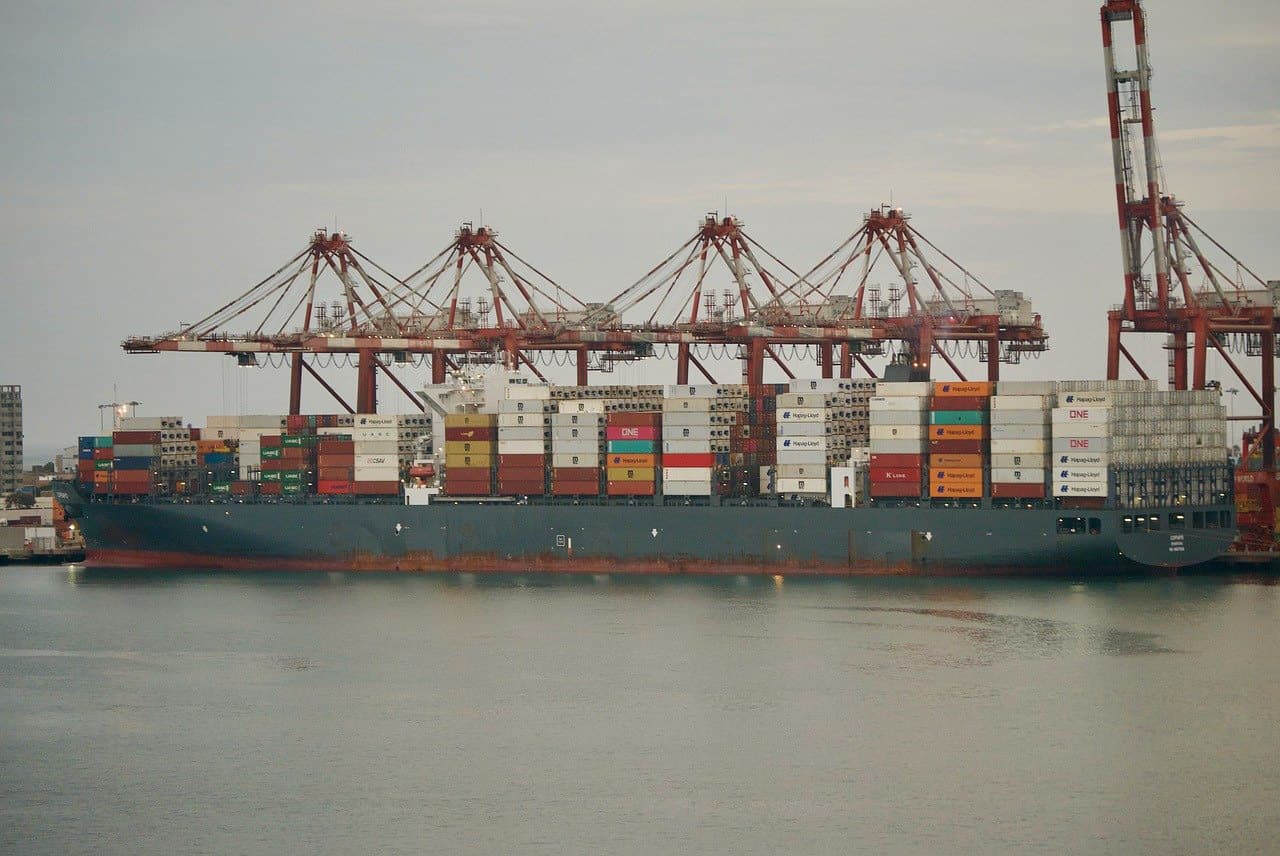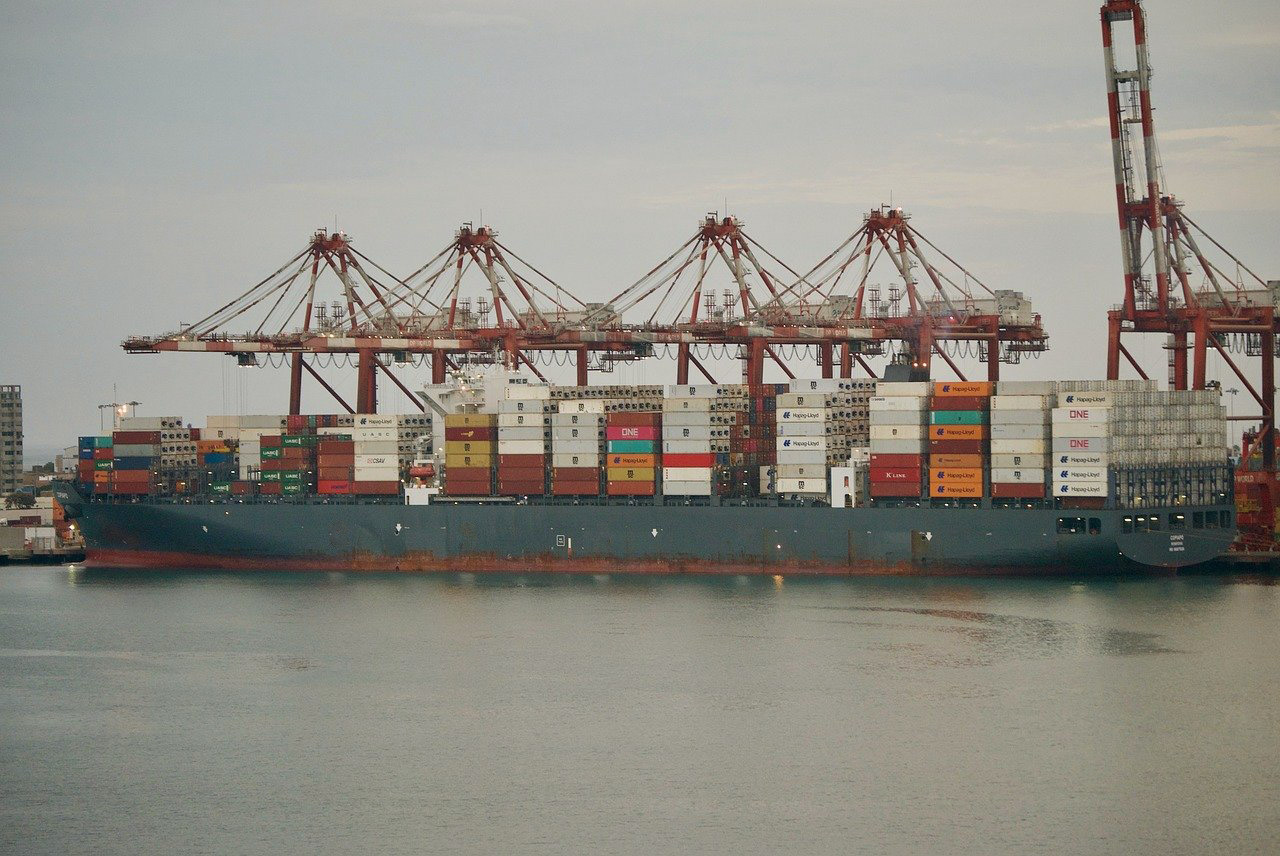Supply Chain Disruption in the American Hydraulics Industry - When Will it End?

Posted: October 2021

Image Description: View of Cargo ship in the port
The impact of the COVID-19 pandemic has been felt in various sectors and industries all across the globe, thereby taking its toll on the global economy. The Pipe, Valve, and Fitting(PVF) industry and the hydraulics market, for example, are facing a set of obstacles that experts are describing as the perfect storm, the most pertinent of which is the supply chain disruption across the world.
Along with the major decline in the demand for products, production across the PVF and hydraulic industries has been limited due to the raw material shortage resulting from the COVID pandemic. Moreover, the decline in exports and the overall disruption of the global supply chain are the two major factors contributing to the decline in production. As a result, the PVF and hydraulics industry are facing a lower estimated year-on-year growth rate than last year.
Growing Construction Activities will Drive Demand for Hydraulic Equipment
As it has been in the last few years, a significant factor that will drive the growth of the hydraulics market will be the increase in construction activities. Across the world, primarily in developing economies, investments in infrastructural development are growing. An example is the investments in the development of sports facilities and infrastructure by the U.S government.
<
The overall growth in construction activities worldwide will help to increase the demand for hydraulic equipment, such as hydraulic cranes, loaders, and excavators. Moreover, a combined study by Global Construction Perspective (GCP) and Oxford Economics shows that by the year 2030, the construction industry is expected to climb to a value of 15.5 trillion USD. The majority of this growth comes from infrastructural growth in China, India, and the United States. These developments are expected to increase the worldwide demand for hydraulic equipment.
High Manufacturing and Maintenance Costs
Notably, hydraulic equipment manufacturing requires metal forging and precision engineering to create high-quality hydraulic systems. For small and medium enterprises, there are hence various cost barriers to enter the market. Other than the more obvious initial manufacturing costs, these enterprises also incur maintenance costs over time.
Several factors can contribute to increased maintenance costs, including oil leakages in hydraulic cylinders and the predisposition of hydraulic rods to become bent over time. Therefore the quality of the end products and materials needs to be regularly examined.
Smart Hydraulic Equipment and Availability of Substitute Product
To offer better solutions to their customers and develop upgraded hydraulic systems, several companies in the hydraulic industry are investing in research and development. Companies are forced to periodically upgrade their products due to tense competition within the industry. One of the most recent and significant innovations in the market is the development of smart hydraulic equipment.
Moreover, it must be noted that hydraulic systems are operated by oil, any leakage of which causes contamination in the surroundings. Hence, many end users are looking for cleaner alternatives. The pneumatic system is one such alternative as it uses the pressure of compressed gas to produce a force.
Final Words
As the hydraulics industry continues to adapt to the obstacles created by supply chain disruptions following the COVID pandemic, more and more innovations, and alternative solutions will come to light.
Moreover, given that the hydraulics market is expected to escalate in demand over the next decade, these adaptations come when the hydraulics industry needs to consider how to make possible the large-scale growth expected in the near future.